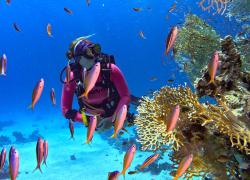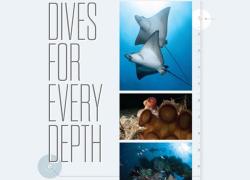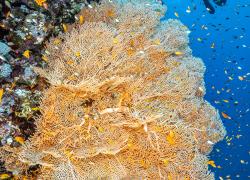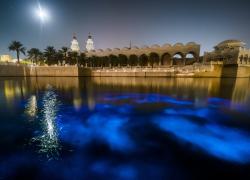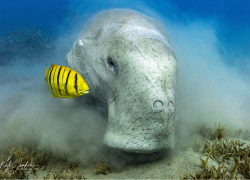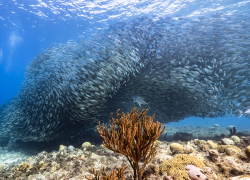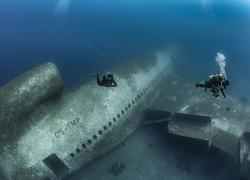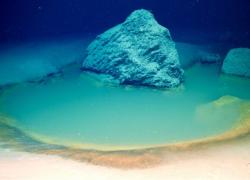New dive sites vetted by the Red Sea Global Project call for adventurous international scuba divers to explore the unknown.
98
Results Found for : red sea
Sometimes, the hardest part about planning a dive trip is deciding where to go. These are the most exciting destinations at the top of our ever-growing must-dive list.
For Scuba Diving staffers Candice Landau and Kristin Paterakis, the Red Sea proves the perfect playground for a foray into tec diving. Join the excursion onboard All Star Liveaboard’s “Wrecks of the North” itinerary.
Want to make the most of your next dive trip? Citizen science trips onboard liveaboards give divers a taste of living and working as a coral, manta ray or shark research scientist.
Scuba divers love to share their favorite tips and tales from dive trips. Here’s how one diver learned she was on the right path when she encountered a dozen endangered sea turtles on a single dive in Panama...
The world is one big backdrop for myriad photo ops, but some spots dazzle more than others. These are the most photo-worthy locales determined by Scuba Diving readers.
A look at the current dive scene in the Red Sea, Mauritius and Hawaii
Scuba divers love to share their favorite tips and tales from dive trips. This column highlights some of those. As a leading photographer and cinematographer in the Red Sea, Morgan Bennett-Smith has witnessed magnificent beauty in the waters of the Middle East. The dive he'll never forget is experiencing bioluminescence on scuba for the first time.
Underwater photographer, Kate Jonker's, 15-year-long search for the dugong, ended in success in the Red Sea. Read more about her incredible experience with this marine mammal.
Escape the crowds by visiting these often-overlooked scuba meccas, from the United States to Jordan.
A WWII wreck and an abandoned Cousteau research station beckon liveaboard divers below the waves and into history.
Sunk in 2019, the old Lockheed Martin L1011 Tristar airplane has become an artificial reef and a world-class dive site.
In partnership with the marine exploration nonprofit OceanX, University of Miami scientists using ROVs discovered the massive brine pools more than a mile deep.
Underwater observations of bottlenose dolphins show pods of dolphins rub themselves on specific coral species, which may prevent or treat an infection.

